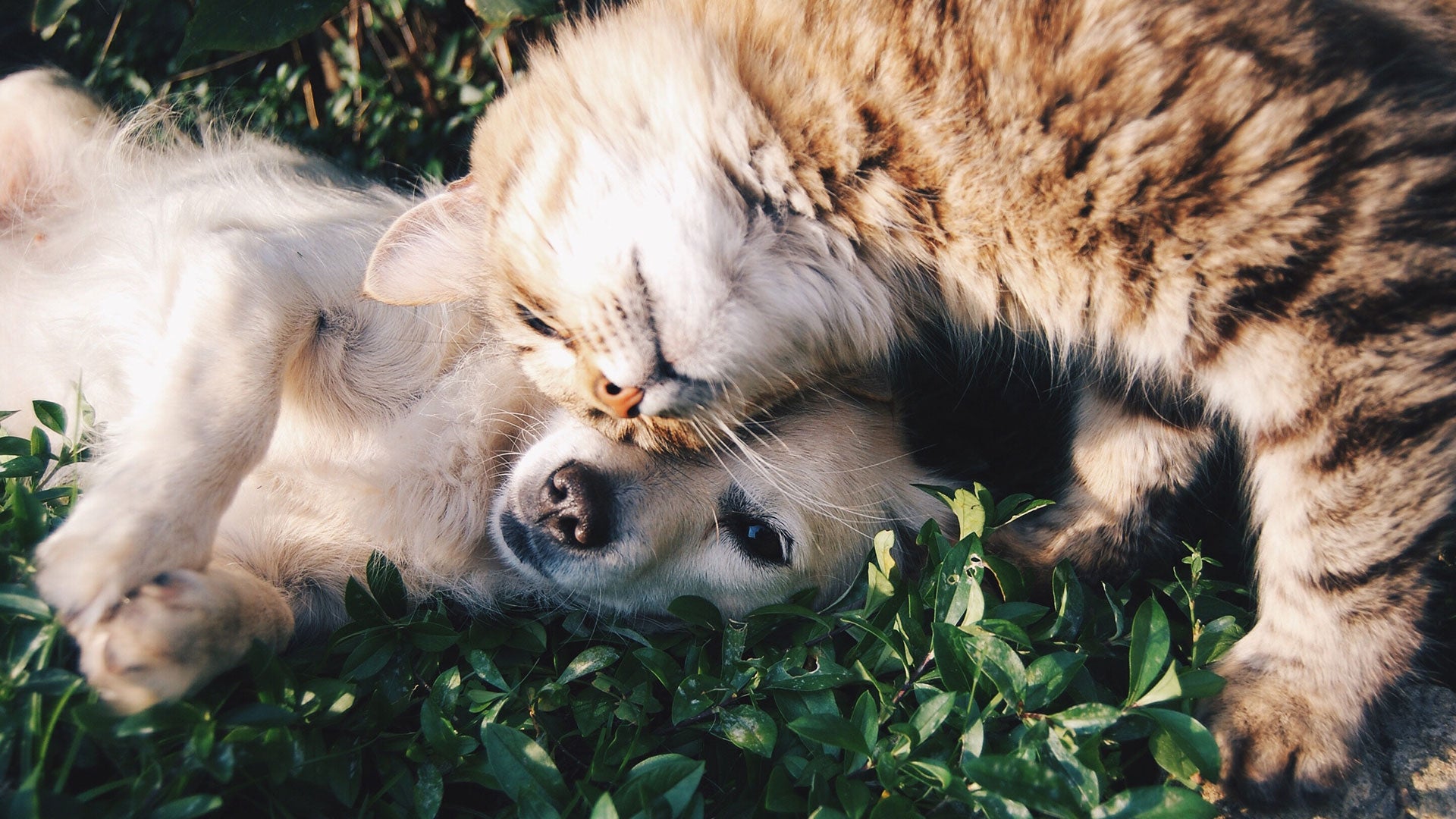Joint pain can be heartbreaking for a pet owner to witness as your pets get older and even less fun for your pets to endure, particularly in the winter. The good news is there are natural remedies that can help keep your pets feeling spry and limber. Apart from age, joint strain and discomfort can be affected by activity level, body weight, and breed-specific issues. Typical warning signs include difficulty jumping, climbing, standing up or sitting down, holding limbs strangely, joint swelling or stiffness, limping, or decreased activity level. It’s helpful to remember that the joints include the hips, shoulders, back, and neck, not just limbs. For dogs, in particular, the source of pain is the spine, not the legs. Preventative care should start at the early stages of your pet’s development. Whether you’re looking to prevent future joint problems or if you’re seeking ways to keep arthritic joint pain at bay, this lifestyle and nutrition advice will help you find solutions to ease your pet’s joint stress and prevent further issues.

Shed Those Extra Pounds
Maintaining an optimal weight is a great way to prevent arthritis and soothe existing joint aches. In fact, obesity is a major cause of joint pain for dogs and cats. Body fat increases inflammation that leads to joint strain. So while your dog or cat may look extra cute and cuddly carrying additional pounds, the added weight places a lot of extra pressure on already stressed joints.
Consult with your vet before diving into drastic diet changes, whether in type or amount. Your vet will be able to help you figure out a quality, low calorie but still nutrient-rich diet to get your furry friend to a healthy sustainable weight. Also, cut back on table food and extra treats throughout the day. It may be hard to say no to those pleading puppy dog eyes, but all those treats can quickly add up.
You may also want to consider adding a nutritional supplement targeted towards joint health to your pet’s daily diet. Nutritional support can promote strong and healthy joints, which will help your pets avoid injury and reduce the musculoskeletal pain associated with growth, trauma, and age. Add supplements once your pet is eight-weeks old to prevent the joint damage caused by typical puppy or kitten activity like jumping from high spots.
For pets already experiencing achy joints, nutritional supplements can improve mobility and support joint tissue, which reduces pain. They also reduce inflammation and help maintain healthy levels of cartilage, which prevents bone on bone friction in the joints. Do some research and speak with your vet to figure out which supplements will be most effective for your pet.

Exercise and Proper Playtime
For young energetic pets, you might be surprised to learn that too much or improper activity can cause issues down the line. Try to limit exercise that overworks pets, such as long runs and frequent jumping onto hard surfaces. Just like humans overworking the muscles without proper rest can cause injury. Proper rest and rehabilitation is needed to prevent muscle strain and damage.
If your dog or cat is already exhibiting signs of joint pain, a vet can help prescribe gentle exercises to get those joints moving again. Getting your pet moving in some capacity will warm up and strengthen their muscles and reduce joint stiffness. For dogs, try going out for short daily walks and build up from there. If it’s too cold outside, encourage them to move around the house or search for a pet friendly exercise center. Keep your cat moving with their favorite toys, like a laser pointer or wand toy.

Holistic Treatments
The idea may seem a little silly at first, but treatments like acupuncture and massage are great options for pet owners who prefer natural solutions for arthritis. They can also be used in combination with medication.
Acupuncture has been shown to reduce pain and increase endorphin release in arthritic pets. For pets who don’t tolerate needles well, there are still other alternative medicine techniques like laser or electromagnetic therapies. Physical therapy guided massage can help loosen stiff muscles making it easier for your pet to move. Search for a pet massage professional or look up how to properly administer gentle massages at home, so you can give your pet a little extra TLC when they’re in pain.

Keep Them Toasty
When temperatures drop, it’s especially important to keep your pet warm. The drop in atmospheric air pressure causes tissues to swell, which means more joint tension and aches. The cold can also cause muscles around the joints to stiffen, increasing muscle spasms. So outfitting your home and your pet will help combat winter’s effects.
A well-padded bed with a cozy blanket to snuggle into can make a world of difference. Make sure their bed is placed in a warm spot away from any cold drafts. Keep portable heaters away from pets who can knock them over and cause fires or burn themselves. For dogs that don’t mind extra layers, accessories like coats and sweaters can help them stay warm during outdoor walks. For additional tips on how to keep dogs comfortable in the winter, check out our blog post, “Tips to Keep your Dog Safe and Warm This Winter.”

Joint pain is a big pain for pet owners and pets, but there are solutions to preventing and treating it. Simple lifestyle changes like getting enough proper exercise, maintaining a balanced diet, even adding in alternative treatments, and keeping your pet cozy will help ease your beloved pet’s pain. Winter can be particularly challenging on joints, but these nutrition and lifestyle tips should help you keep your pet feeling more comfortable year-round.


